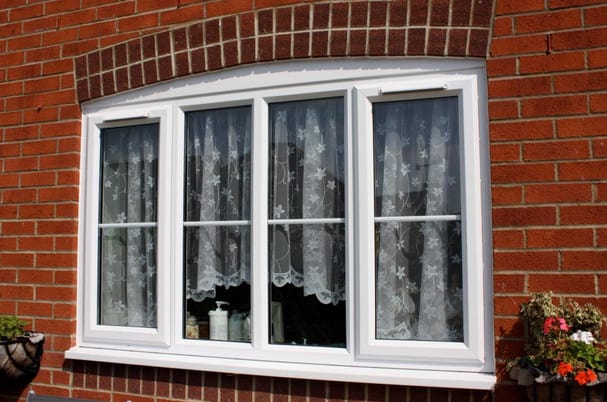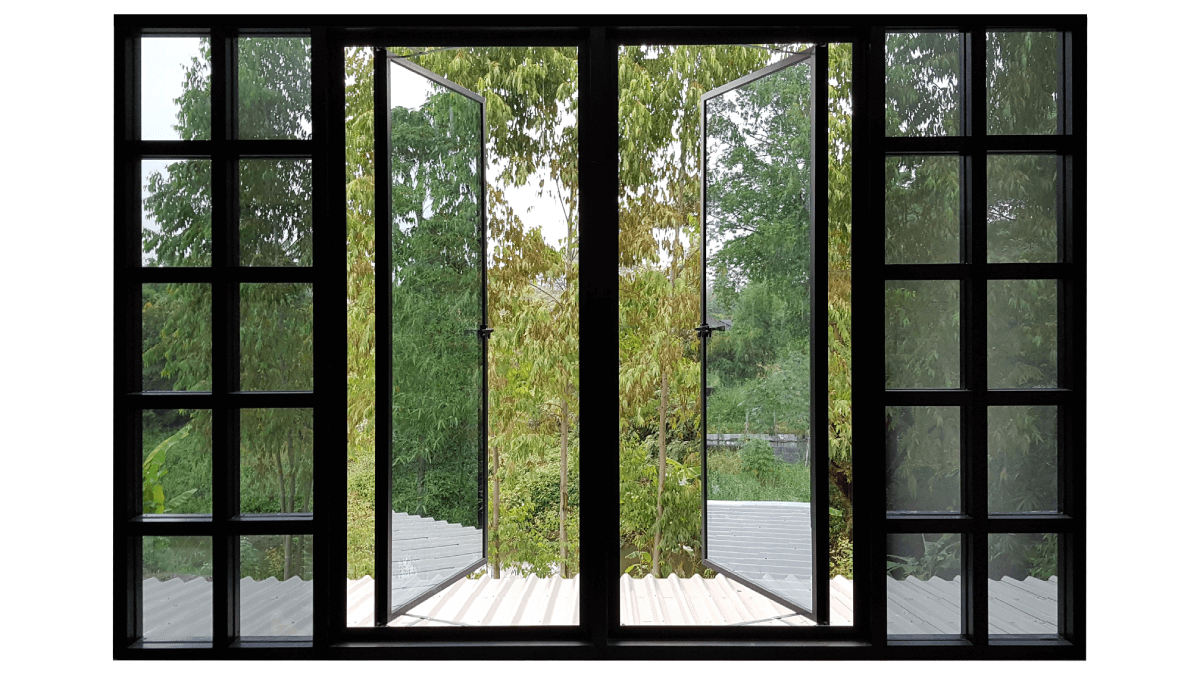All Categories
Featured
Table of Contents
Magnetite: Australian Retrofit Double Glazed Windows in Como Perth
Glazing just indicates the windows in your home, including both openable and fixed windows, along with doors with glass and skylights. Glazing in fact just suggests the glass part, but it is generally used to describe all aspects of an assembly including glass, films, frames and furnishings. Taking notice of all of these elements will assist you to achieve effective passive design.

Energy-efficient glazing makes your house more comfortable and considerably lowers your energy expenses. Inappropriate or inadequately developed glazing can be a major source of undesirable heat gain in summer and substantial heat loss and condensation in winter. As much as 87% of a home's heating energy can be gained and as much as 40% lost through windows.
Why Is Double Glazing So Important In Winter? in Butler Western Australia
Glazing is a significant financial investment in the quality of your home. An initial financial investment in energy-efficient windows, skylights and doors can greatly lower your annual heating and cooling expense.

This tool compares window choices to a base level aluminium window with 3mm clear glass. Comprehending a few of the essential properties of glass will assist you to choose the very best glazing for your home. Secret homes of glass Source: Adapted from the Australian Window Association The quantity of light that goes through the glazing is called visible light transmittance (VLT) or visible transmittance (VT).
A Complete Guide To Double Glazed Windows in Beaconsfield WA
The U worth for windows (expressed as Uw), describes the conduction of the whole window (glass and frame together). The lower the U worth, the greater a window's resistance to heat flow and the much better its insulating value.
For instance, if your home has 70m2 of glazing with aluminium frames and clear glass with a U worth of 6. 2W/m2 C, on a winter season's night when it is 15C chillier outside compared to inside your home, the heat loss through the windows would be: 6. 2 15 70 = 6510W That is comparable to the total heat output of a big room gas heating system or a 6.
Double Glazing - About Windows - Window Film Excellence in Safety Bay Perth

If you select a window with half the U value (3. 1W/m2 C) (for instance, double glazing with an argon-filled gap and less-conductive frames), you can halve the heat loss: 3. 1 15 70 = 3255W The solar heat gain coefficient (SHGC) for windows (revealed as SHGCw) determines how readily heat from direct sunshine streams through a whole window (glass and frame together).
The lower a window's SHGC, the less solar heat it transmits to the home interior. The actual SHGC for windows is affected by the angle that solar radiation strikes the glass.
Double Glazing Windows - The Best Installers In The Uk ... in Como Western Australia
When the sun is perpendicular (at 90) to the glass, it has an angle of incidence of 0 and the window will experience the maximum possible solar heat gain. The SHGC stated by glazing producers is always computed as having a 0 angle of incidence. As the angle increases, more solar radiation is shown, and less is transmitted.
Latest Posts
Faq in Bedfordale Perth
What Are Double Glazed Windows? - Build in Duncraig Western Australia
Single Glazed Vs Double Glazed Windows - Ultimate Guide in Kensington Perth